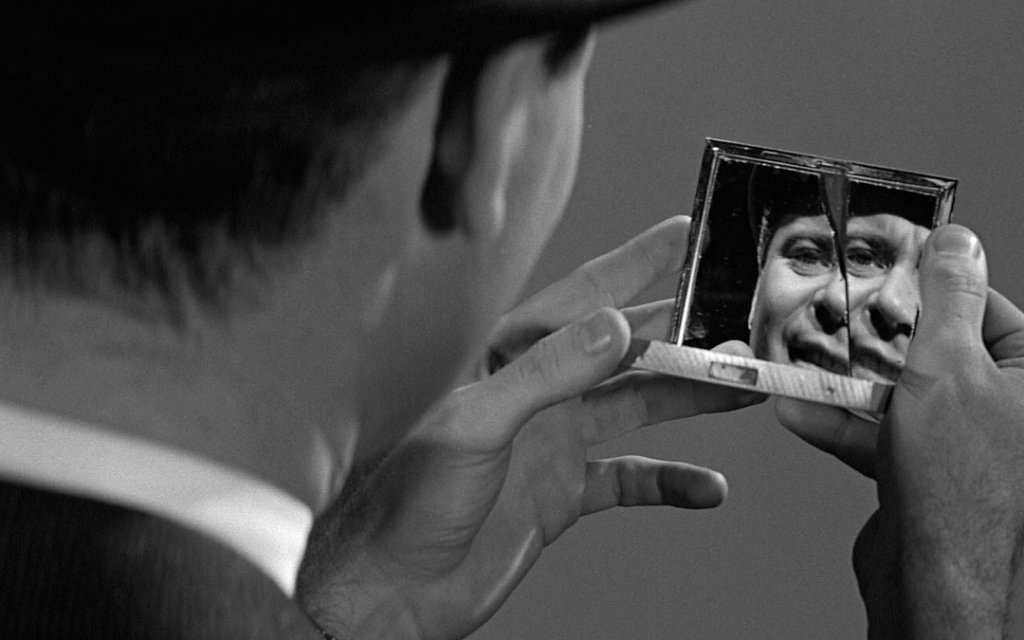Writing Exercise: Improve Your Story Mapping
August 9, 2016
As you know, mastering structure and having the ability to map out and plot a story is an essential part of screenwriting, which can be significantly improved through the following practical exercise.
This simple but very effective exercise involves writing an outline of a movie as you watch it. Now, in this case, “outline” is not meant in the traditional screenplay sense of a “synopsis” or “treatment”. It’s probably closer to a “step outline” but the difference here is that it logs each individual scene rather than each “event” in the story. An event in a traditional step-outline could consist of more than one scene, but in an outline we’re only interested in mapping out each scene.
A completed outline will consist of several pages of scene summaries — two or three sentences in length, each capturing the essence of how the plot’s moving forward. So, for example, you could outline the opening three scenes of Nightcrawler like this:
Night in Los Angeles. Louis Bloom cuts a fence with a wire cutter. He’s interrupted by a security guard who asks to see his ID. Louis notices the man’s watch and beats him up.
Louis drives, admiring his new watch. In the back we see rolls of stolen fencing. He scopes out the city.
Louis haggles with the boss of an industrial site over the price of the fencing and other stolen goods, but doesn’t make much money. Louis asks the boss for a job, but he says he’s not hiring a thief.
And so on. Note how you don’t need to include minor details such as what Louis is wearing, the car he’s driving, or the weather. All we need is the bare bones required to understand the writer’s intent of each scene. What’s happened in this scene to move the plot along?
Once you reach the end of the film it’s time to go back and structurally break down your outline. It’s a matter of personal preference as to how you choose to do this, but I like to divide an outline up into seven or eight sequences and give each one a headline — something that sums up its outcome. I also like to note whether, regarding the fortunes of the protagonist, this outcome has taken the sequence from a positive to a negative charge (+ / -) or from a negative to a positive (- / +). Finally, I break down each sequence into it’s three mini “acts”, or as I call them “segments”.
It’s not essential but It can be helpful to stick to outlining movies in your chosen genre so you can really master its conventions. For example, if you’re a comedy writer here’s how you might outline the opening sequence to Bridesmaids.
Bridesmaids Outline
Sequence A — Lillian asks Annie to be her Maid of Honor (- / +) - See more at:
I
Annie has awkward sex with Ted.
Next morning, she fixes herself up and sneaks back into bed. He says he doesn’t want a relationship and tells her to leave.
Outside, she can’t get the gate open and so climbs over it, but gets stuck on top as an incoming car opens it.
II
Annie and her friend Lillian work out near a workout class in the park. The instructor shoos them away.
In a cafe, they discuss Lillian’s relationship with Doug. Annie defends herself for having sex with Ted. Lillian says she should leave him because he’s an asshole.
They walk to work and on the way stop outside her failed bakery store.
Annie works in a jewelers. Her boss reprimands her for offending the customers. He tells her she only got the job because of her mom.
At home, Annie’s flatmate, Brynn, talks about tattoos. Her brother, Gil, arrives and asks her about the rent. Annie says she’ll have it.
III
Annie arrives at Lillian’s who tells her she’s engaged. Yay! She asks Annie to be her maid of honor and answers a call from Doug. Annie’s smile fades… (screenplay call to action)
Annie lies in bed thinking…
Note how the sequence is broken down into three segments:
Annie at Ted’s
Annie’s friend, work, home life
Lillian gets engaged asks Annie to be her bridesmaid
Outlining a movie is useful, but it’s in breaking it down like this that the real benefit lies because you’re forced to get inside the narrative and work out how it’s all put together.
Not everyone writes using sequences and segments, though, and so choose whichever method suits you best. Whether it’s Vogler’s hero’s journey, Snyder’s beat sheet, or Truby’s 22 steps, the important thing is that you really get inside each outline you write and figure out how the movie works structurally.
This outlining exercise is able to increase a writer’s awareness of screenplay structure so well because it’s a more hands-on approach, as opposed to the sometimes dry world of pure theory found in most screenwriting books. So aim to break down as many movies as you can and pretty soon you should see a major increase in your structure and story mapping capabilities.
Written by: Alex Bloom
Alex Bloom is the founder of the Script Reader Pro screenplay consultancy. Check out their script coverage and screenwriting course and stay connected on Facebook and Twitter @ScriptReaderPro.



